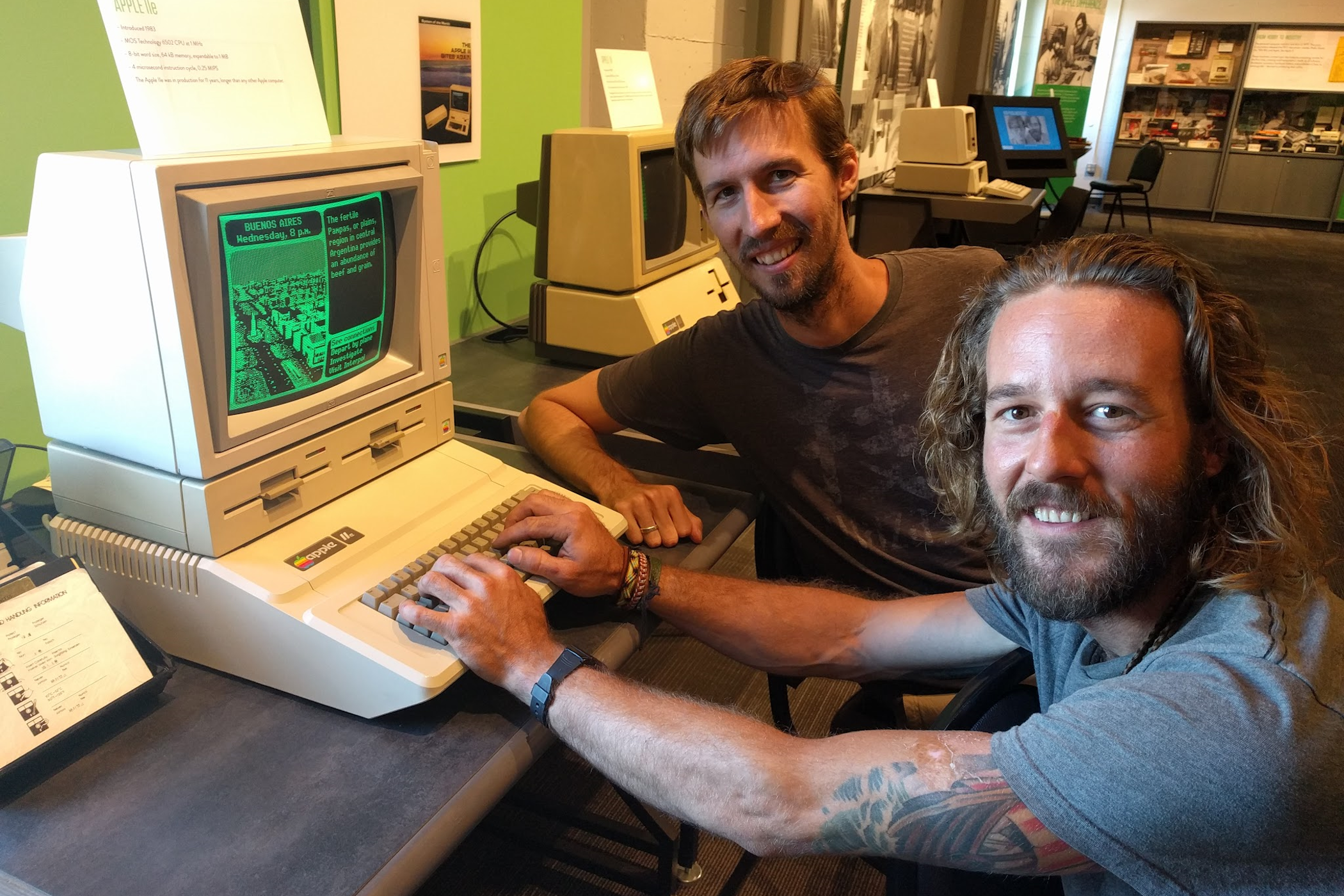Sorry but I'm late to the party... was pointed here to this thread from another one which was getting OT.
I'm currently 61. Started programming in high school (1972) using BASIC on a Tymshare ASR-33 Teletype (the one with the paper tape reader) using an acoustic-coupled dial-up phone connection. Got a job at NASA-Ames for 'work experience' school credit (i.e., what is known today as an intern - no pay). Started out as a math aide but eventually moved up into a full-time paid position doing FORTRAN programming. Maintained/updated existing program which was one of the first to use computer calculations of flight dynamics (lift, drag) in lieu of wind tunnel testing. I would translate the aeronautical engineer's formulas into FORTRAN code, update the program (first on punched cards, then using IBM Selectric terminals or Hazeltine CRTs), submit the job to the IBM mainframe by applying particular aircraft characteristics (e.g., F-16, F-4, etc.) and then gather the data and review it with the engineer. Many years after I left NASA I found out that a version of this software was released as ACSYNT.
Before that at NASA, I was a remote job entry operator using Westinghouse (!) equipment. That system was tied into the ARPANET so on idle moments I would chat and play chess with other operators on the network. Also at NASA, I was able to use HP programmable desktop calculators in the HP9800 series. Code was typed in using BASIC language, storage was done using magnetic strip cards, then on later models, cassettes. These calculators were connected to HP thermal paper printers and X/Y plotters.
After I left NASA around 1976 I worked at Fairchild-Exetron in Santa Clara for a couple of years first as a FORTRAN programmer. Used a PDP-11/40 to keep track of the wafer inventory inside the fab. It was there that I transformed from a computer programmer into what I've been doing since; a memory test engineer. In 1979 I started at Synertek, Inc. (also Santa Clara) and began using Data General equipment for almost 3 decades; NOVA 3 at first, then ECLIPSE S/120 and S/140. The NOVA had a pair of 5MB (!!!!) hard disks; one fixed, then other removable. The removable pack was about 14" in diameter and a couple of inches thick. We later on added the 50MB Zebra "washing machine" drives. Those packs were still around 14" wide, but had a number of platters so they were close to 8" thick. The DG computers also had paper tape readers that we used to import ROM codes. Operating systems were RDOS and AOS. Programming again was in FORTRAN. From 1984 to 2009 I was at Mosel Vitelic (née Vitelic Corp.) still using DG CPUs.
My personal computer usage isn't anything special. I never had any of the classic hardware: Sinclair, TRS-80, Amiga, Commodore 64, TI-99, Apple IIe, etc. Perhaps having access to minicomputers at work compensated for that. Since 2006, I've been heavily into ThinkPad laptops. I own many of the models from the 600/E/X up to a W520. I'm one of the site admins at forum.thinkpads.com, first having spent a few years as a moderator.



